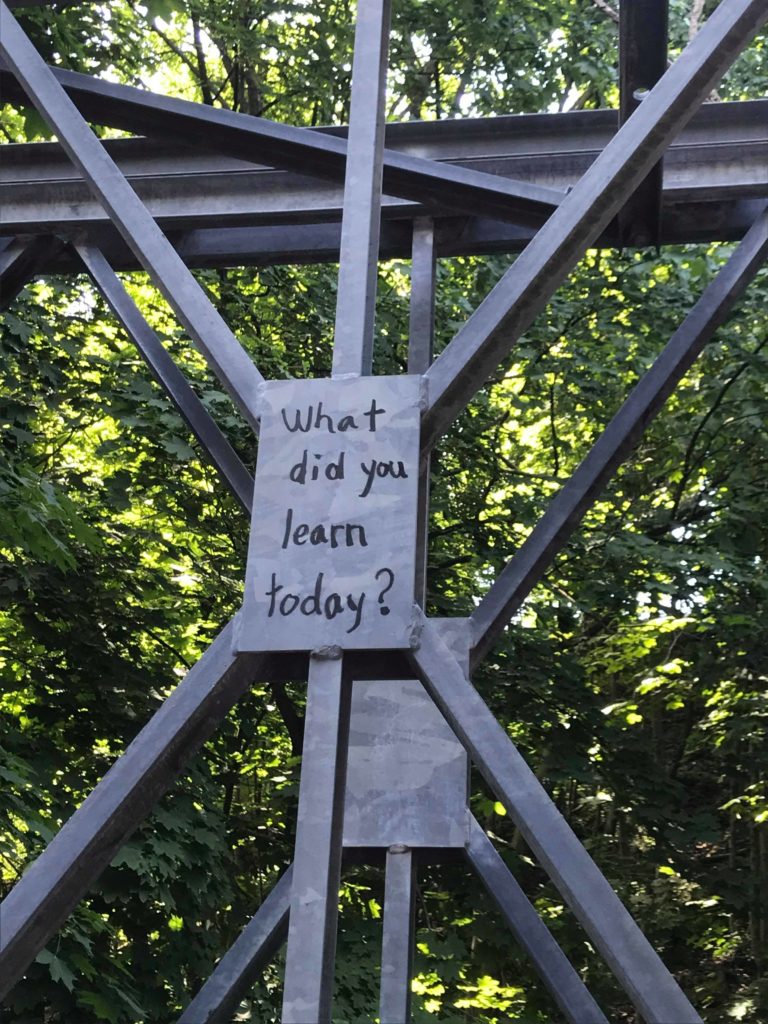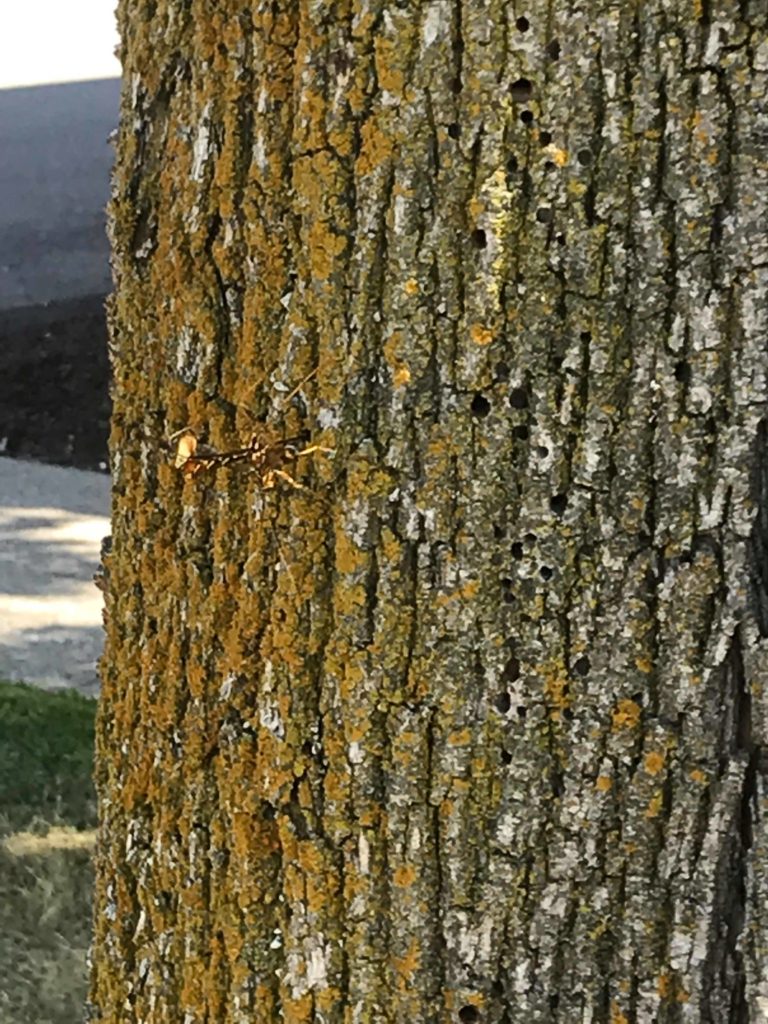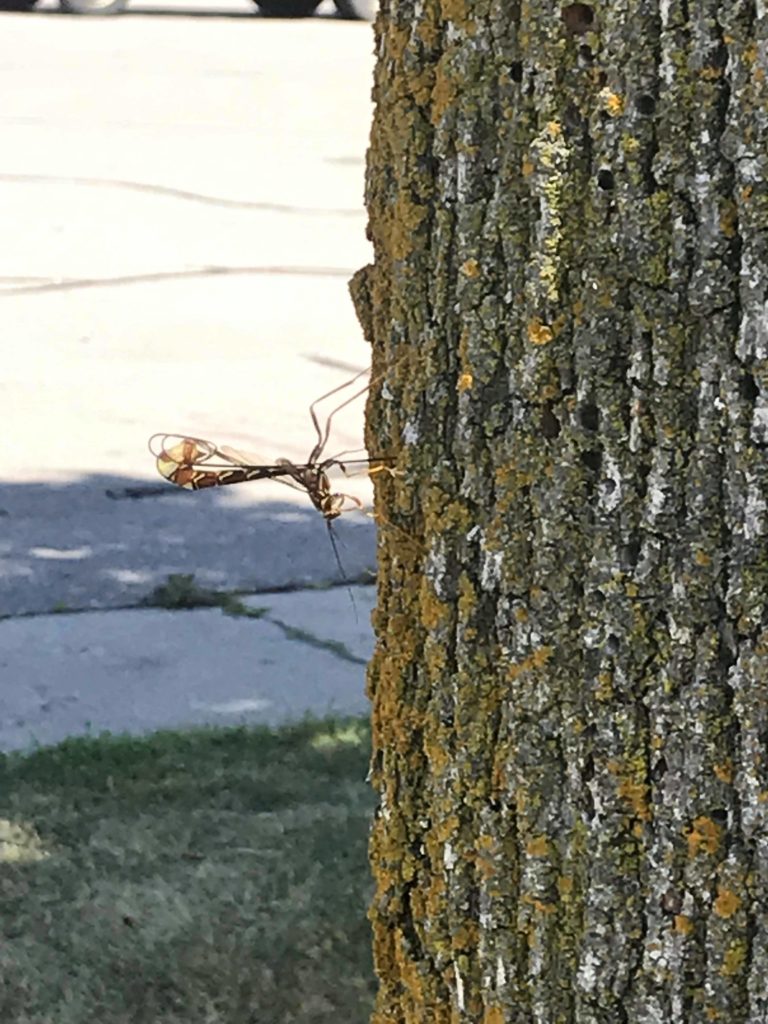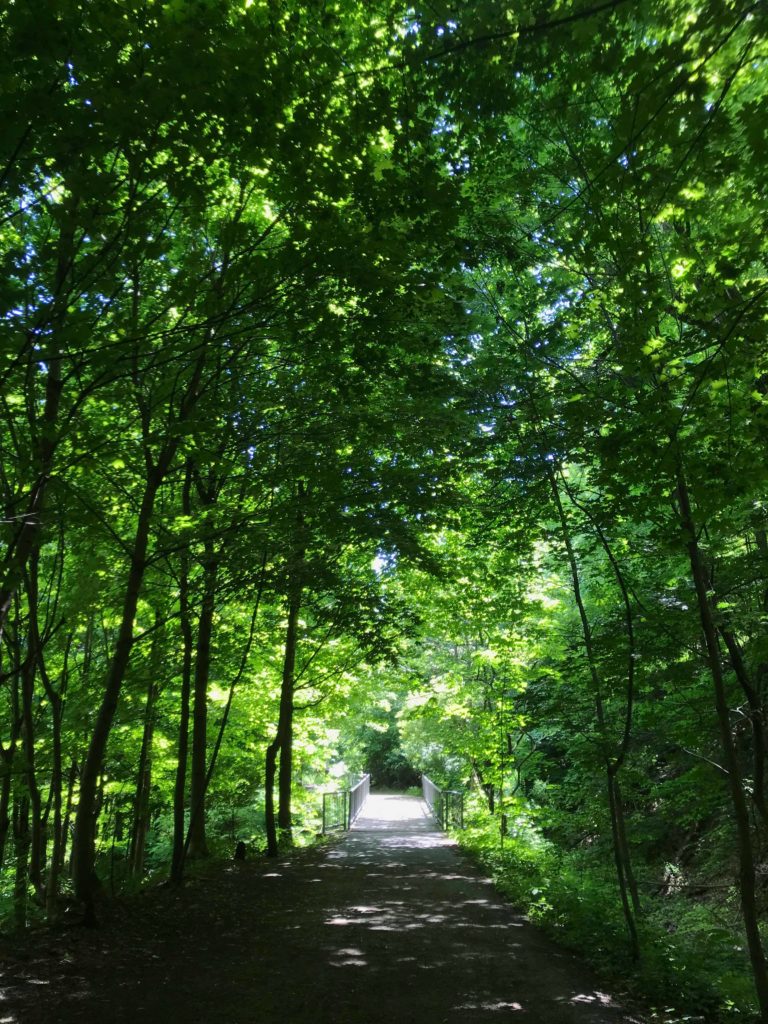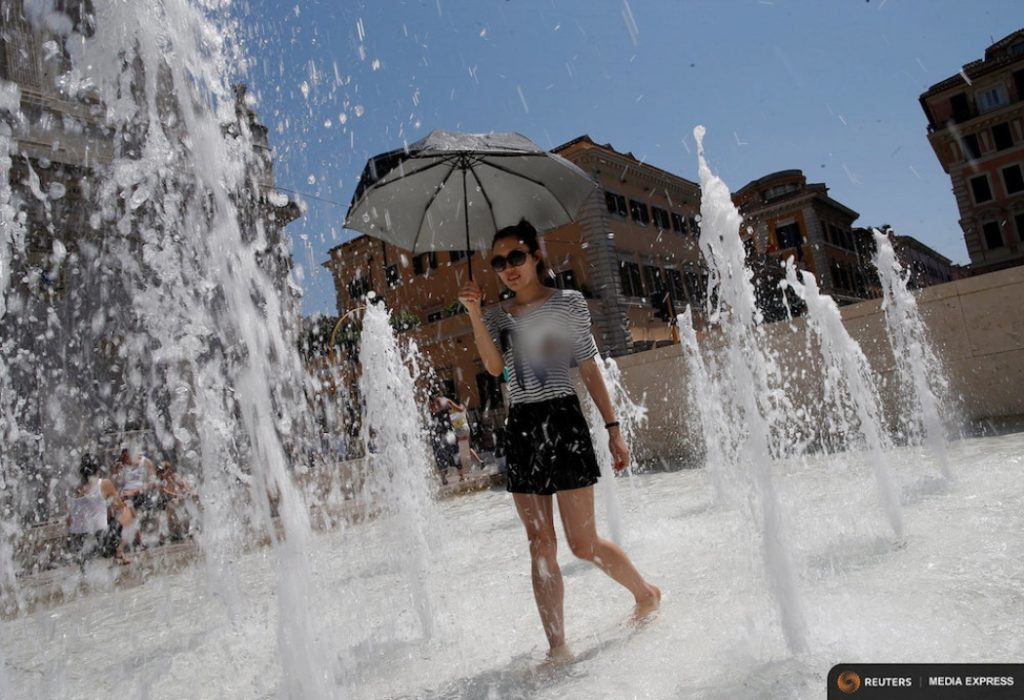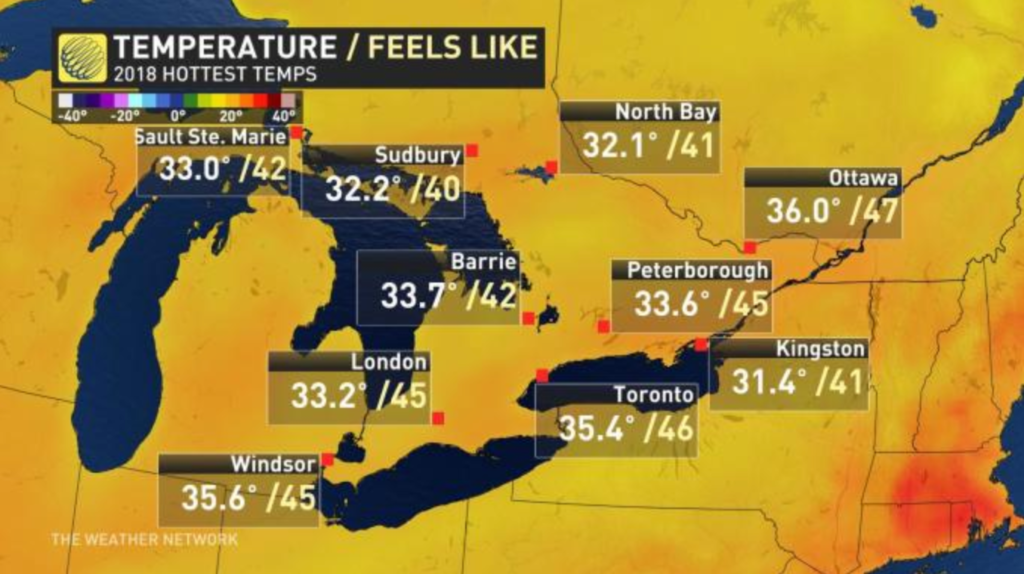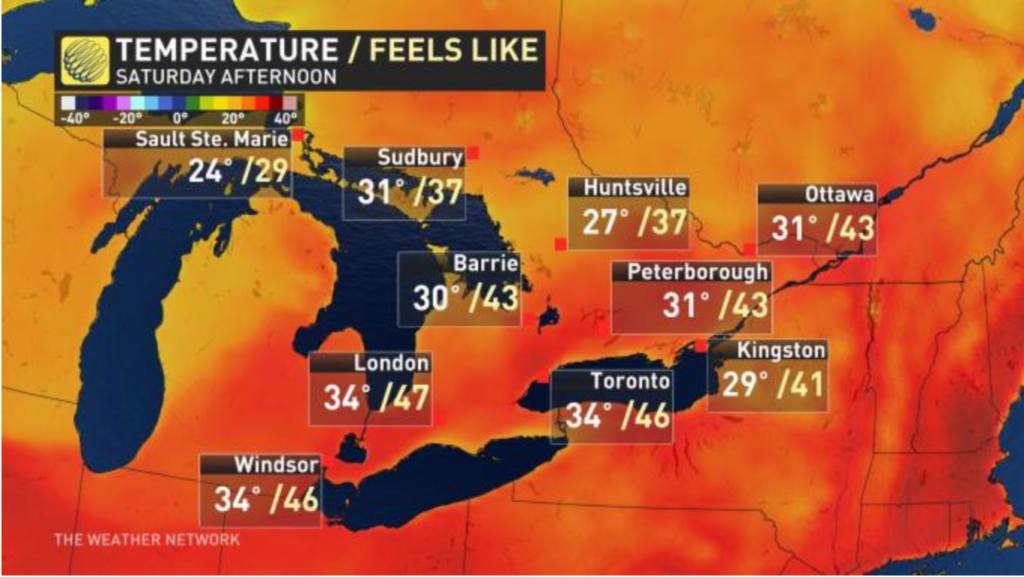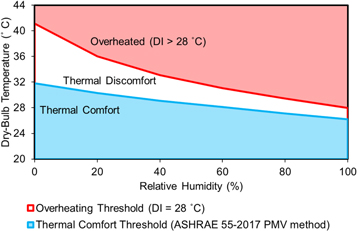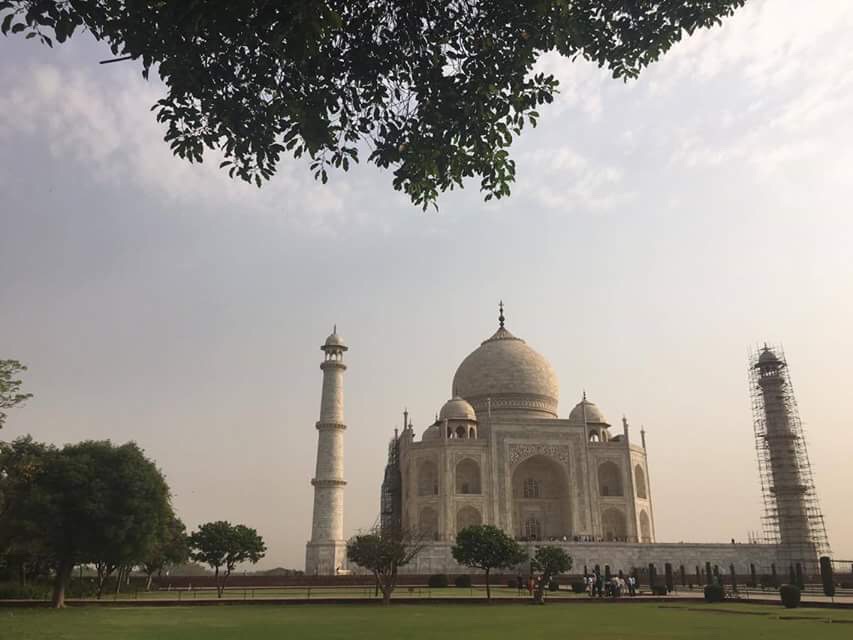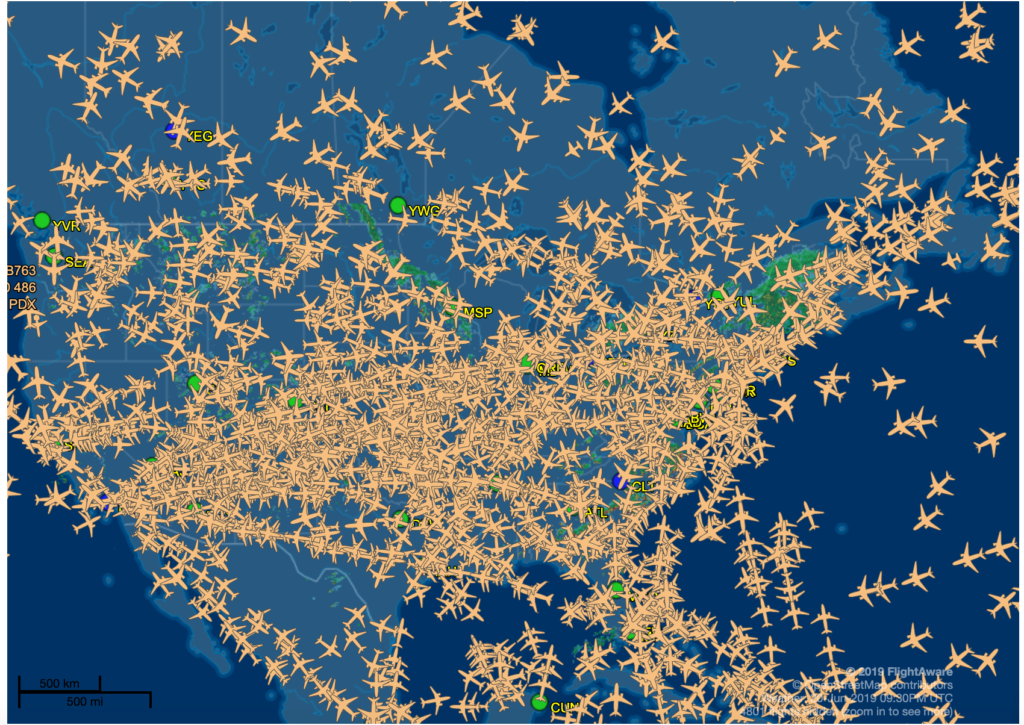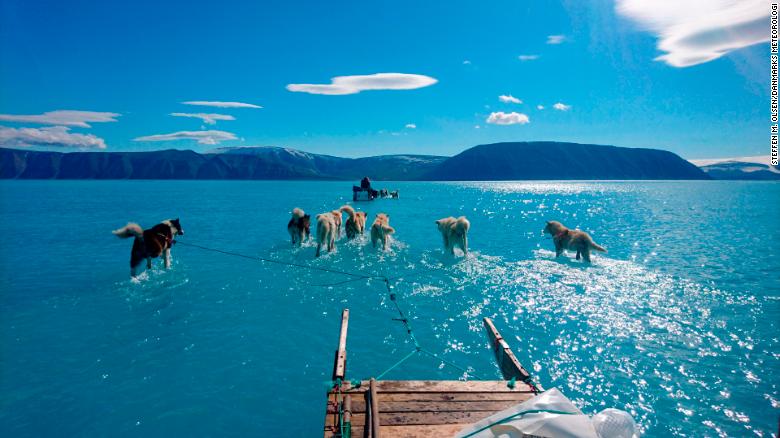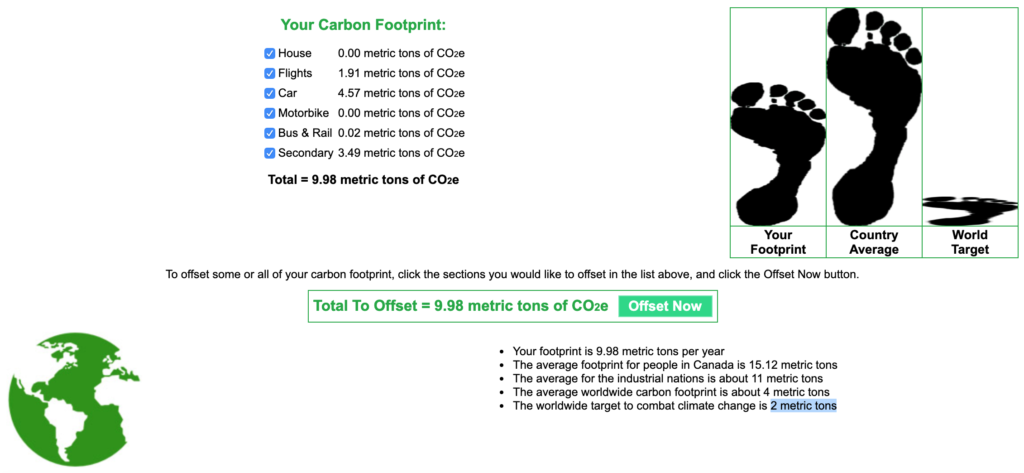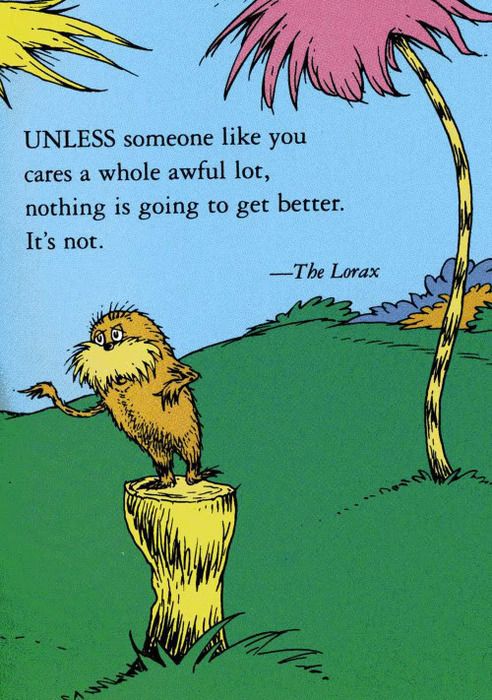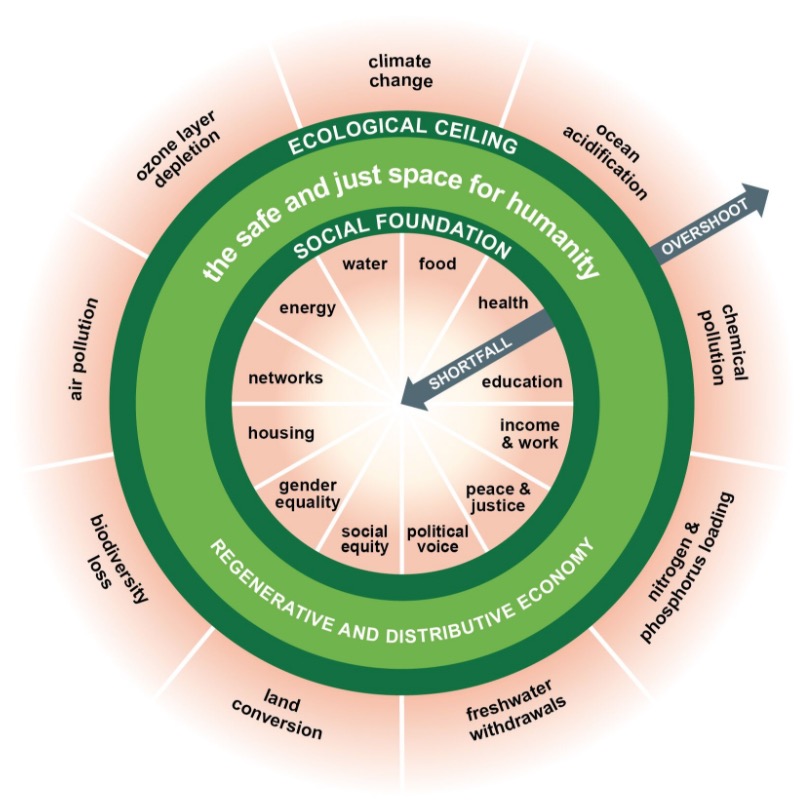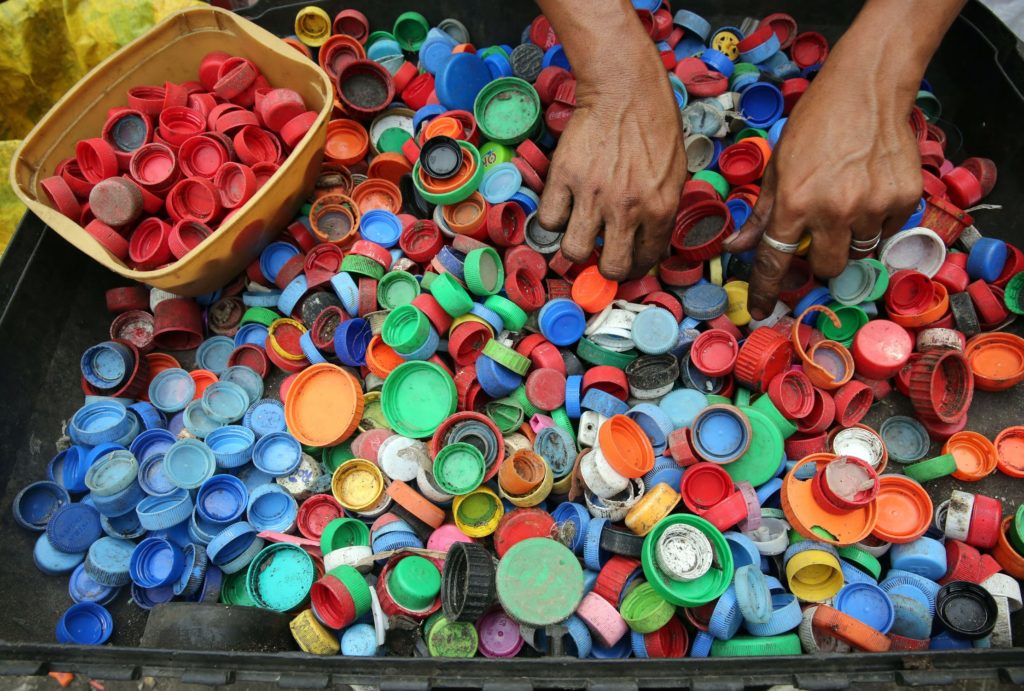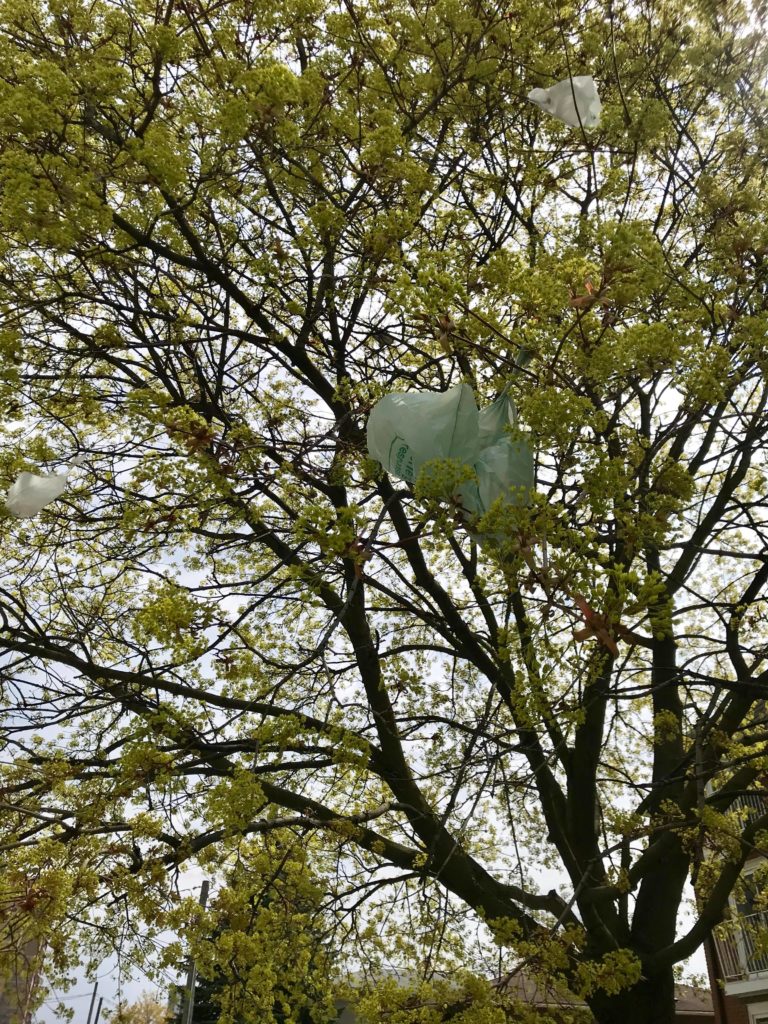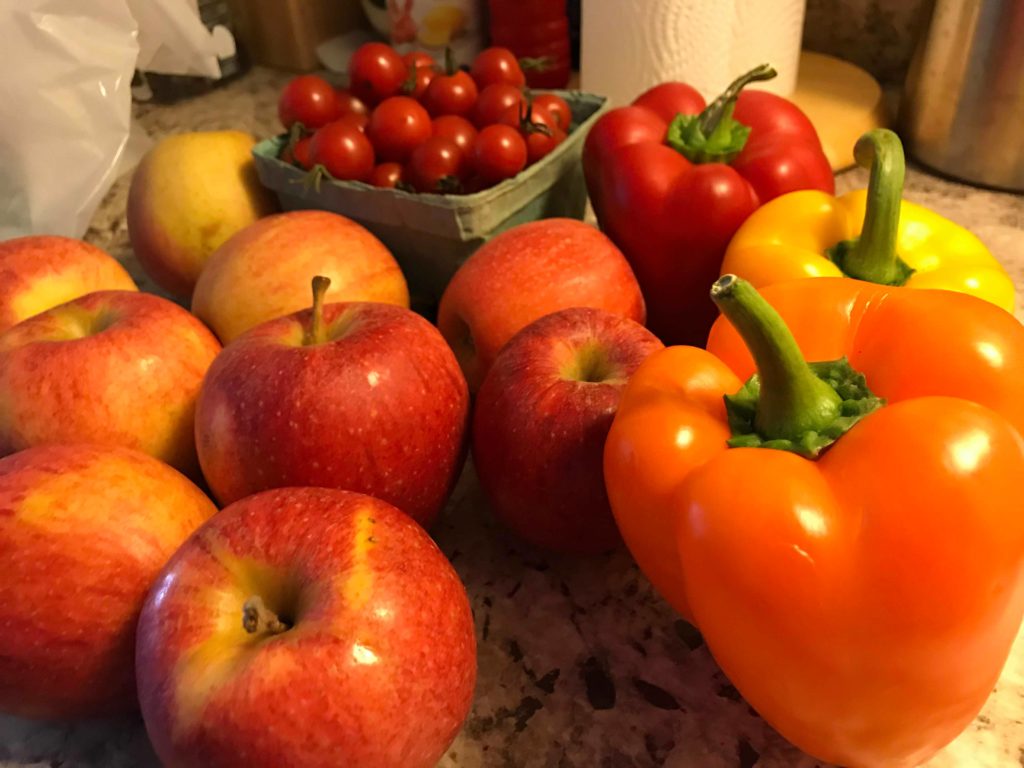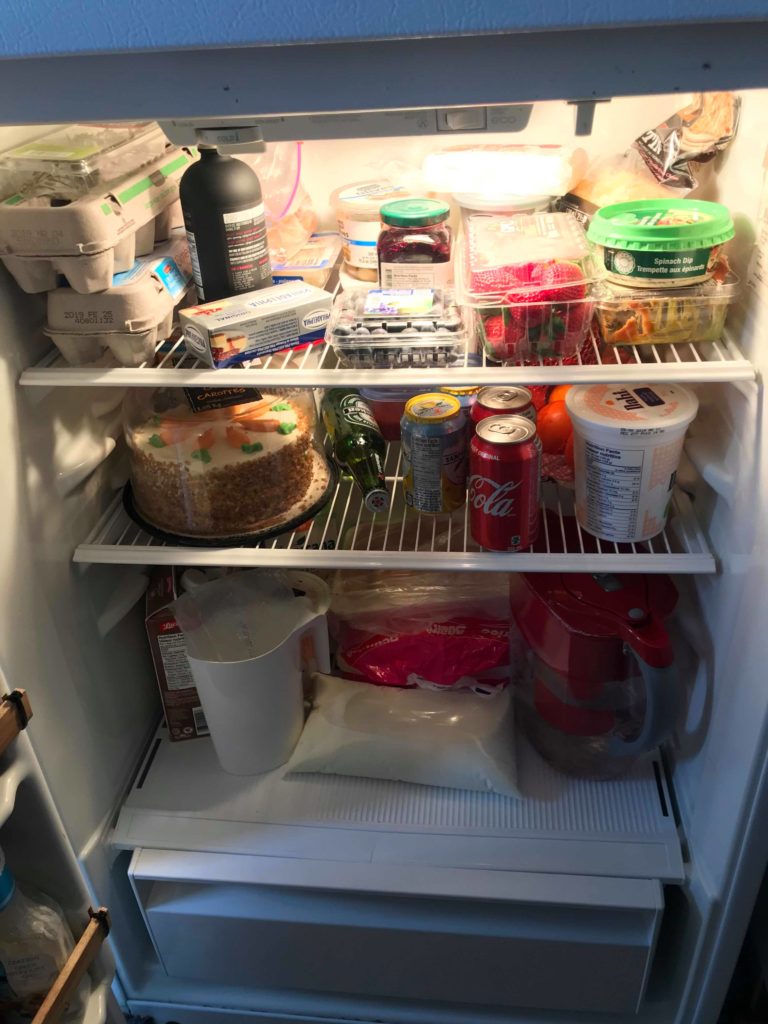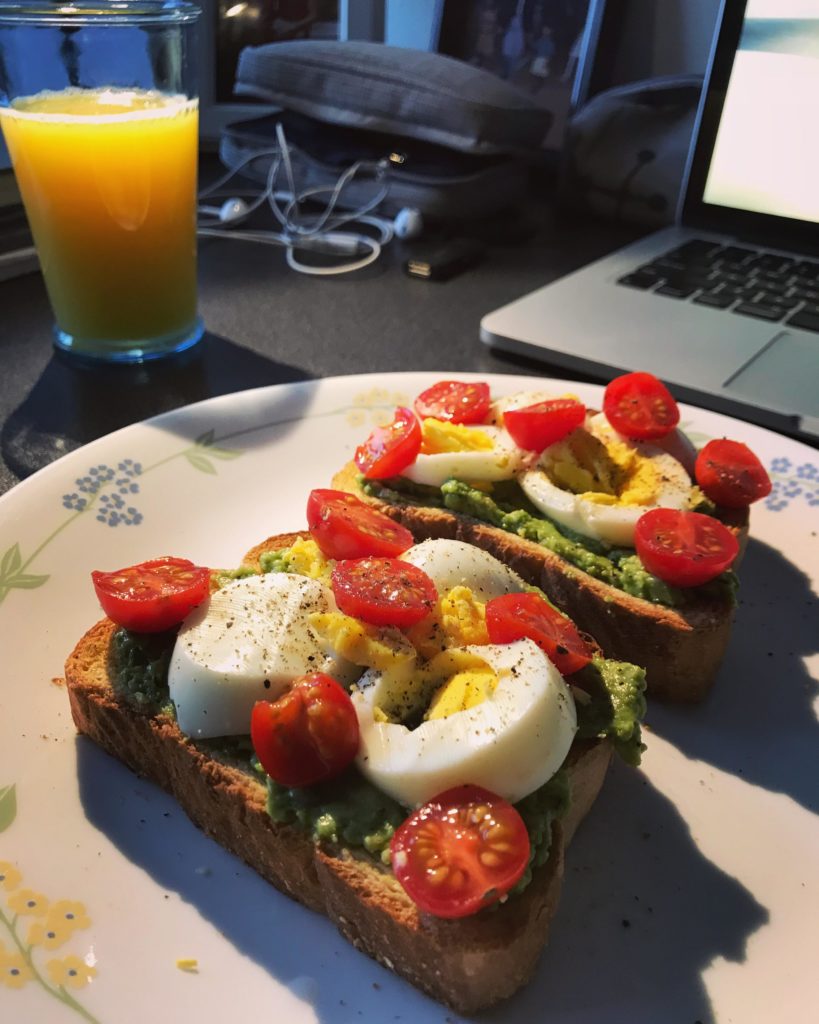—-
Vasu’s Note: This post is a different one than our usual ones (that are more research based/data linked/have recommendations about carbon footprints). I wrote this op-ed back in 2015 (and didn’t end up sharing) until today. I have added a few updates regarding the ongoing social unrest and pandemic situation around the world, but most of it has stayed the same. Surprisingly, I didn’t think something I wrote back in 2015 would hold five years later.
—-
“It was the best of times, it was the worst of times, it was the age of wisdom, it was the age of foolishness”
Remember Charles Dickens’ famous book, ‘The Tale of Two Cities’? It opens with these lines describing the turbulent times of the French Revolution. The story is that of the common citizens of London and Paris, who lived nasty, brutish and short lives. The elite on the other hand, had a powerful influence on the way society functioned. What has changed since the 1859 French Revolution? Not much, the poorest sections in our society are deprived, demoralized and powerless whereas the richest 1% of the world owns nearly half the global wealth.
Although it might not be the 19st century anymore, issues of social injustice like inequality and poverty very much exist in 2015. We now live in an age where people have access to cellphones but not safe drinking water. How did this happen? With too many people and too few resources, basic necessities like safe drinking water become less accessible than buying a cellphone. When fundamental human rights such as safe drinking water become expensive and insufficient, one can see that humanity’s future stands on uncertain grounds.
This race to survive is evident in Mumbai’s traffic. A few years ago, this was only obvious during peak traffic hours. When cars got stuck in traffic lanes that extended for miles during rush hour. However, now even in the non-peak hours, there’s always a car or twelve trying to cut through the lights and ends up causing a traffic jam. In countries like India where there is additional enforcement of traffic rules by a traffic policeman, there’s a complete disregard for rules due to an absence of the fear of getting caught. In case of a problem, one can easily hide in the crowd. And it is this crowd that keeps growing by the second. This situation is seen in most developing countries that have poorly planned roads and a growing middle class. With an increasing disposable income, buying cars just becomes that much easier. And it’s no secret that more cars equals bigger traffic jams and greater air pollution. In cities like Mumbai or Jakarta, there always seems to be a rush to get somewhere or past the next light before someone else does.
As human population starts growing bigger, the world starts getting smaller. With extreme disparity everywhere, slums and high-rise condos co-exist in almost all cities. Unfortunately, global problems like climate change just end up amplifying this disparity, which in turn expose the social fault lines of societies. The elites of the world always have been in a better position to deal with any crisis, whether natural or man-made. The poor, however, are left vulnerable and expected to survive in the most brutal conditions possible. When the 7.8 magnitude earthquake struck Nepal, most countries sent in missions to help with recovery and relief. But even before this earthquake struck, geologists had warned about the risk for decades. These warnings had not prompted any planning for disasters. There was neither a contingency plan nor enough resources for proper planning. With the official death toll at 7000 and rising, less structural damage could have reduced the number of deaths. When perceived risk is high, society is very much capable of taking measures to reduce such damages. In July 1993 when a 7.8 magnitude earthquake struck the coast of northern Japan, it reportedly killed only 36 people and left much less structural damage than the Nepal earthquake. For a developed country like Japan, the risk of earthquakes has always been high but the damage caused has been controlled with proper planning. Similarly, we have missed the mark on pandemic preparedness (either through stockpiling) or the social safety nets (high unemployment, lack of savings and healthcare options) we are unable to provide to those affected the most.
When you look at a transboundary problem like climate change, its effects seem too big to fathom as well. For a person living in resource-rich countries like Canada, problems of drought in Africa sound too foreign to care about. Yet one notices that the weather around us is changing. It might be something as small as an unusual bug infestation affecting Ottawa to something as big as polar vortexes affecting all of North America. One might not understand issues that affect developing countries; such as lack of clean water, malnutrition or even natural disasters, but what one does understand is that the weather around us is becoming more severe and uncertain.
The crux of the matter is that we rely too much on free market economics and let it shape the inequalities of the world. In the game of globalization and free trade, there have always been winners and losers. Traditional economics looks at how individuals or even nations can maximize their own benefit rather than the benefit to society. Based on this assumption we have built entire market systems and even countries that reward this behaviour. Markets don’t take into account the gains to nature – only the gains to consumers! ‘Externalities’ such as drinking water shortages or species extinction are almost never counted. Most traditional economic models assume that resources are non-exhaustive and assume having a safe natural environment as being a given. In all of human history, there has never been a market for nature and its conservation, just for more consumerism. And more importantly, we as a society seem to have failed in maximizing our utility. Not only is there greater economic disparity and issues of social injustice in the present, but we have also alienated the environment to the extent that freak weather patterns are now becoming the norm.
With increasing environmental problems and no constraint on population growth, the future looks bleak. Although studies have shown that we have the willingness to save our planet, we lack the urgency to do so. And in the age of information, it is hard not to become egotistical. With the amount of news that is now instantly available, hearing about people dying in Malawi, South Africa due to floods seems distant and un-relatable. Has the worth of a human life diminished or are we just blocking out emotions in order to deal with the constant bad news that comes our way? This is no different from the current stream of bad news related to ever-increasing COVID19 cases that we just don’t want to see anymore.
Empathy, being the cornerstone of human behavior is what makes us understand other people’s sufferings. However, in recent years, studies have shown that empathy levels are decreasing and narcissism is on the rise; the Millennials have now become ‘Generation Me.’ With the constant stream of bad news from various newspapers and news channels, we have developed a defence mechanism. The lower empathy levels and constant bad news seems to have pushed thoughts of gloom and doom at the back of our minds, leaving us more apathetic than before.
With increasing disparity it seems impossible to care about what happens in a far away country; especially where we have nothing in common with the people, the culture or the environment they live in. The most important solution to global problems like climate change, social injustice or even a pandemic (and keeping in mind that our actions have consequences for others) lies in being empathetic and acting on it. This begs the question, how do you empathize with someone you seem to have nothing in common with?
The answer is by connecting individuals and families. If your friend is going through troubled times, you do everything you can to help them. As John Steinbeck put it, “It means very little to know that a million people are starving unless you know one person who is starving.” And I am not talking about volun-tourism or posting about it on social media, but empowerment through education and engagement. The West has the money and knowledge whereas the East has the need and manpower to convert these ideas into actions. With the level of globalization and technological advances, connecting with someone on the other side of the world is just a Skype (or Zoom) call away.
The youth around the world are the future and there has never been a better time to identify with someone from a different culture or country. An empathetic network needs to be established between the Global North and South as well as between those that are privileged and those that are not. By creating a connection around issues of the environment and global warming, we can create an equitable global community (or as close to one as possible)- that will also allows us to address other related issues like global health or systemic racism. Having such a network where a privileged youth can connect with someone who isn’t privileged would help establish an empathetic connection based on the common issues affecting our planet – and that in itself would be an important step towards a sustainable future.
Much like the COVID-19 pandemic, if future risk around climate change and global warming is left unaddressed, problems like rising sea levels and food shortages (among many other climate impacts) will have a domino effect into social and economic issues of immigration, race, religion, terrorism, poverty, economic markets, businesses practices and standards of living around the world. It is our job as citizens to ensure that the political will of our country is addressing these issues in the most just and equitable way possible. Although governments will continue to behave in typical ways that are in-tune with archaic politics or pleasing the elites, it can be through individual stories (the likes of Greta Thunberg or George Floyd) that we are able to create a global social movement which ultimately changes voter priorities and makes elected officials care about distant (and social equity-linked) issues like climate change. Caring is an important act in our journey towards action, and if we can make a difference by creating empathy through conversations with those around us, we are able to change the world in our own little way. These are important times that we live in, where our future (and our humanity) lies in our decisions and our conversations in the present.










